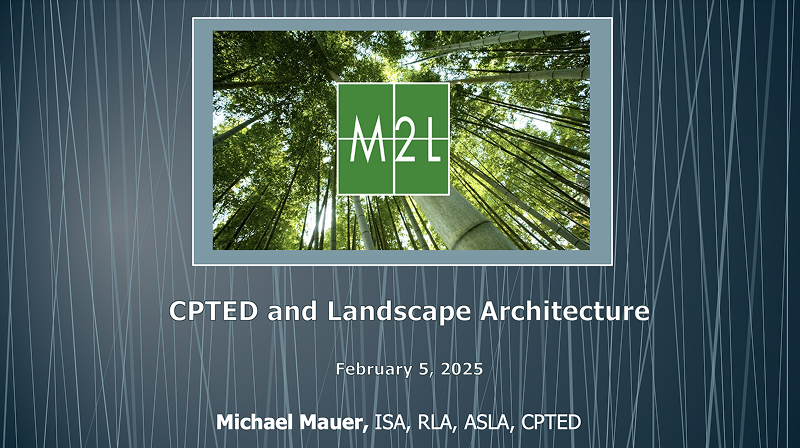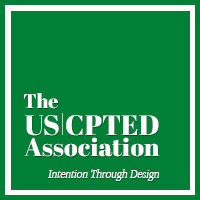
Integrating CPTED into Landscape Architecture
At the 3rd Annual US CPTED Conference, Michael Mauer, a principal at M2L Associates, delivered an enlightening presentation titled “CPTED and Landscape Architecture – Creating Public Spaces That People Want to Live, Work, and Play In.” His talk underscored the pivotal role that landscape architecture plays in implementing Crime Prevention Through Environmental Design (CPTED) principles to foster safer, more inviting public spaces.
For a comprehensive understanding of Mauer’s insights, the full presentation is available below.
The Intersection of Landscape Architecture and CPTED
Michael Mauer’s approach emphasizes that thoughtful landscape design is integral to effective CPTED strategies. By considering elements such as natural surveillance, access control, and territorial reinforcement, landscape architects can create environments that deter criminal activity while promoting community engagement.
Key points from Mauer’s presentation include:
-
Natural Surveillance: Designing open sightlines and strategically placing lighting to increase visibility and reduce hiding spots.
-
Access Control: Utilizing landscaping elements like hedges, pathways, and fencing to guide movement and define boundaries.
-
Territorial Reinforcement: Creating a sense of ownership through maintained landscapes, signage, and distinct transitions between public and private spaces.
The Importance of Maintenance and Community Engagement
Mauer also highlighted the significance of ongoing maintenance and community involvement in sustaining the effectiveness of CPTED measures. Well-maintained landscapes signal active ownership and deter potential offenders, while community participation fosters a collective responsibility for shared spaces.
Designing for Safety and Community Well-being
Michael Mauer’s presentation at the US CPTED Conference illuminated the essential role of landscape architecture in crime prevention. By integrating CPTED principles into the design and maintenance of public spaces, communities can create environments that are not only aesthetically pleasing but also inherently safer.
To delve deeper into Mauer’s strategies and examples, view his full presentation here







